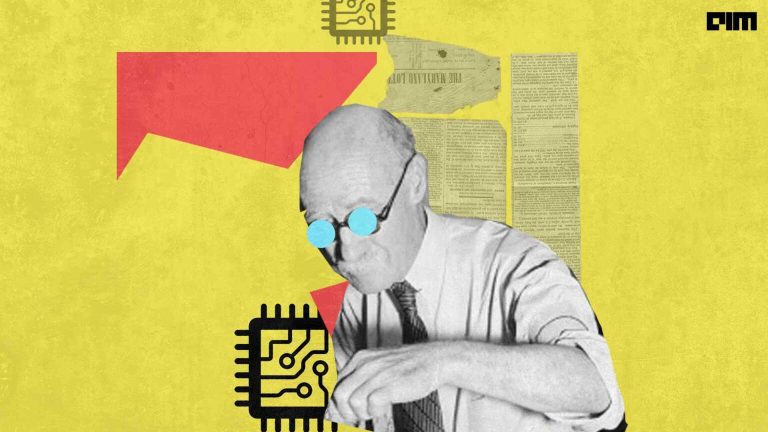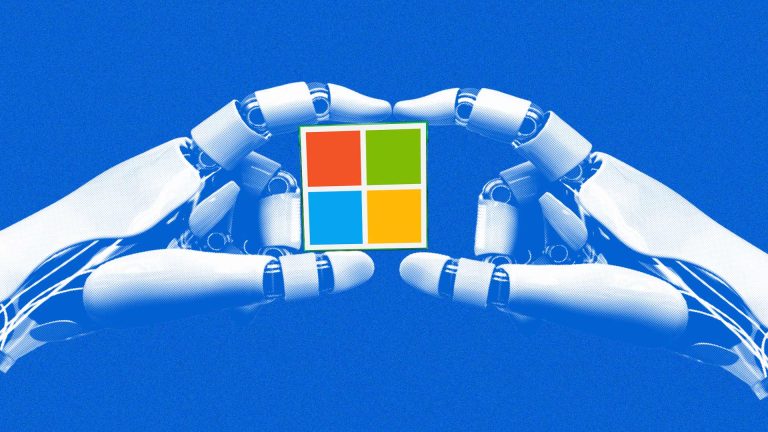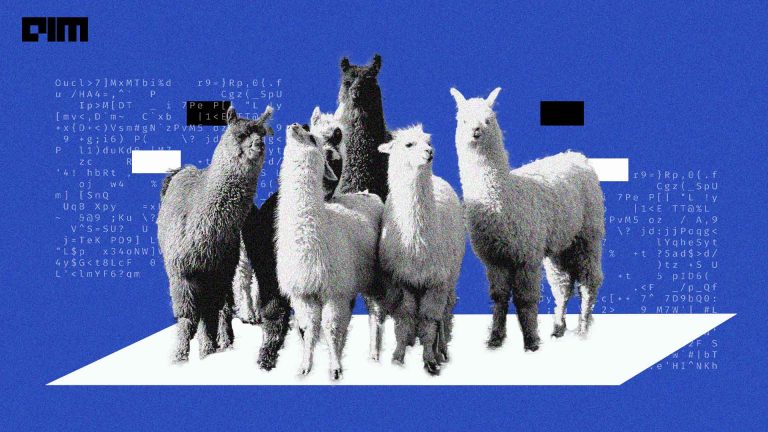Microsoft continues to expand its cloud services globally, leaving behind many key competitions. India is an important market for the company, so last year, Microsoft announced an availability zone in Central India in Pune.
Analytics India Magazine got in touch with Shivir Chordia, Azure Business Group Lead, Microsoft India, to talk about Microsoft’s cloud strategy for the Indian market and Azure capabilities to hybrid, multi-cloud, and edge computing.
AIM: Microsoft has inaugurated its availability zone in Pune. What are the company’s other plans in the pipeline for expansion in India?
Shivir Chordia: Cloud is at the heart of accelerating digital transformation and innovation. Today, the cloud is helping every company to be a digital company, to build resilience, scale innovation and create new opportunities. Microsoft continues to build Azure to support customer needs for low-latency, high-availability cloud services, with the ability to both store and process data within a country or geography. This ensures security, reliability, and supports regulatory compliance.
Microsoft’s cloud infrastructure has more than 60 announced data centre regions around the world – more than any other cloud provider. We are upgrading the infrastructure in India to provide support for customers building and operating applications and workloads. The latest availability zone in Pune will facilitate architectures for modern cloud applications, help meet data residency requirements, etc.
Our new Azure Availability Zone in Pune ensures uptime of up to 99.99 per cent, empowering Microsoft’s Indian customers to spread their infrastructure and applications across the data centres’ locations.
AIM: You said that Microsoft’s goal is to ‘build and manage a large public cloud Azure business’. How are you going to achieve that?
Shivir Chordia: It’s an exciting time for Microsoft in India. Today, we are the biggest cloud player on the planet and in India. We have observed significant cloud adoption across both public, and private sectors in India triggered during the pandemic.
We have doubled our cloud capacity in the last 18 months to cater to this rising demand. Microsoft Cloud can manage end-to-end business requirements across public, private and hybrid scenarios while helping businesses leverage digital capabilities and technologies such as AI, machine learning, IoT, and analytics.
Over the past year, we have worked with every industry to help them navigate the crisis equipping them with technology and tools to accelerate that transformation. Our deep commitment to the industry is not new, but it has taken on a new urgency. Our industry cloud solutions bring together existing and new industry capabilities to deliver a more seamless, customised cloud experience with deep security and compliance built in to meet the needs of our customers.
AIM: What are your predictions for 2022 in terms of cloud and digital transformation?
Shivir Chordia: Cloud is at the heart of accelerating digital transformation and innovation. Organisations across the spectrum of industries are reimagining their business models growth engines and fast-tracking digitalisation efforts to be more agile. Simulation, automation, and remote everything is becoming a reality with the move to a digital-first world.
Below are a set of a few key technology trends that are transforming every company and will play a significant role in 2022:
- In the future, every organisation will need a more distributed, intelligent, autonomous computing fabric – to rapidly build, manage, and deploy applications anywhere. To pull this off, one would need appropriate tools, pro developers, and domain experts.
- Web 3.0 and blockchain will be the foundational technology that will drive how people use the internet.
- Today, organisations are increasingly adopting low-code platforms to accelerate app development to save time and cost. This gives employees flexibility in how they work. As a result of this, we are seeing the rise of citizen developers. That’s a big trend where I think, again, cloud will play a very central role.
- Convergence of HPC and AI: The convergence of HPC (high-performance computing) and AI is a revolution, bringing dramatic acceleration to every kind of simulation and advancing fields across science and industry. This will enable researchers; the health tech industry to make new discoveries faster and advance state-of-the-art science. Customers are increasingly finding the best way to access such high-performance computing (HPC) is through agility, scale, security, and AI cloud services.
- Mixed reality (AR/VR): As remote working becomes the norm, an online virtual world that incorporates augmented reality, virtual reality, 3D holographic avatars, video, and other means of communication will help employees communicate personally in the virtual world.
AIM: Do you have functionality with Azure ML for machine learning democratisation, or is there any such offerings in the pipeline?
Shivir Chordia: Azure Machine Learning Designer released in 2020 offers the functionality for visually authoring end-to-end ML pipelines. So the non-developer data scientists can prep data, train, test, deploy, manage, and track machine learning models without writing any code, thus democratising ML and its lifecycle management. The Automated ML feature of Azure Machine Learning also offers a code-free UI experience.



















































































